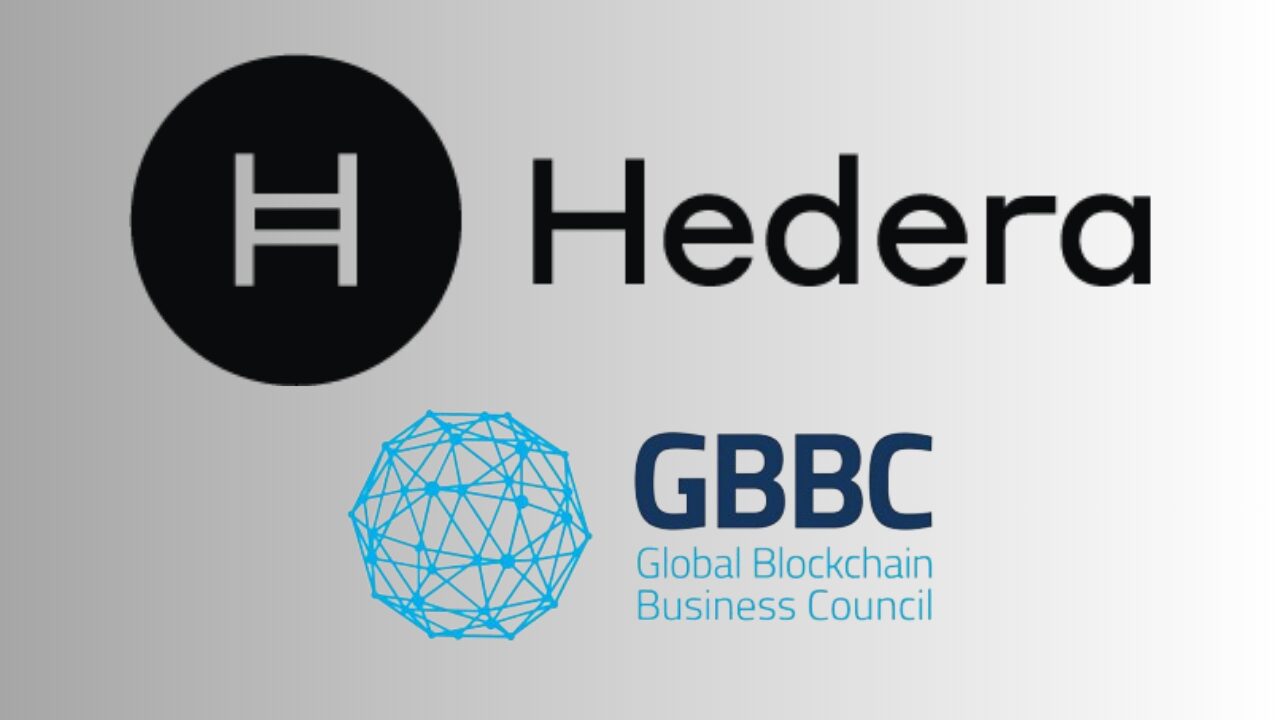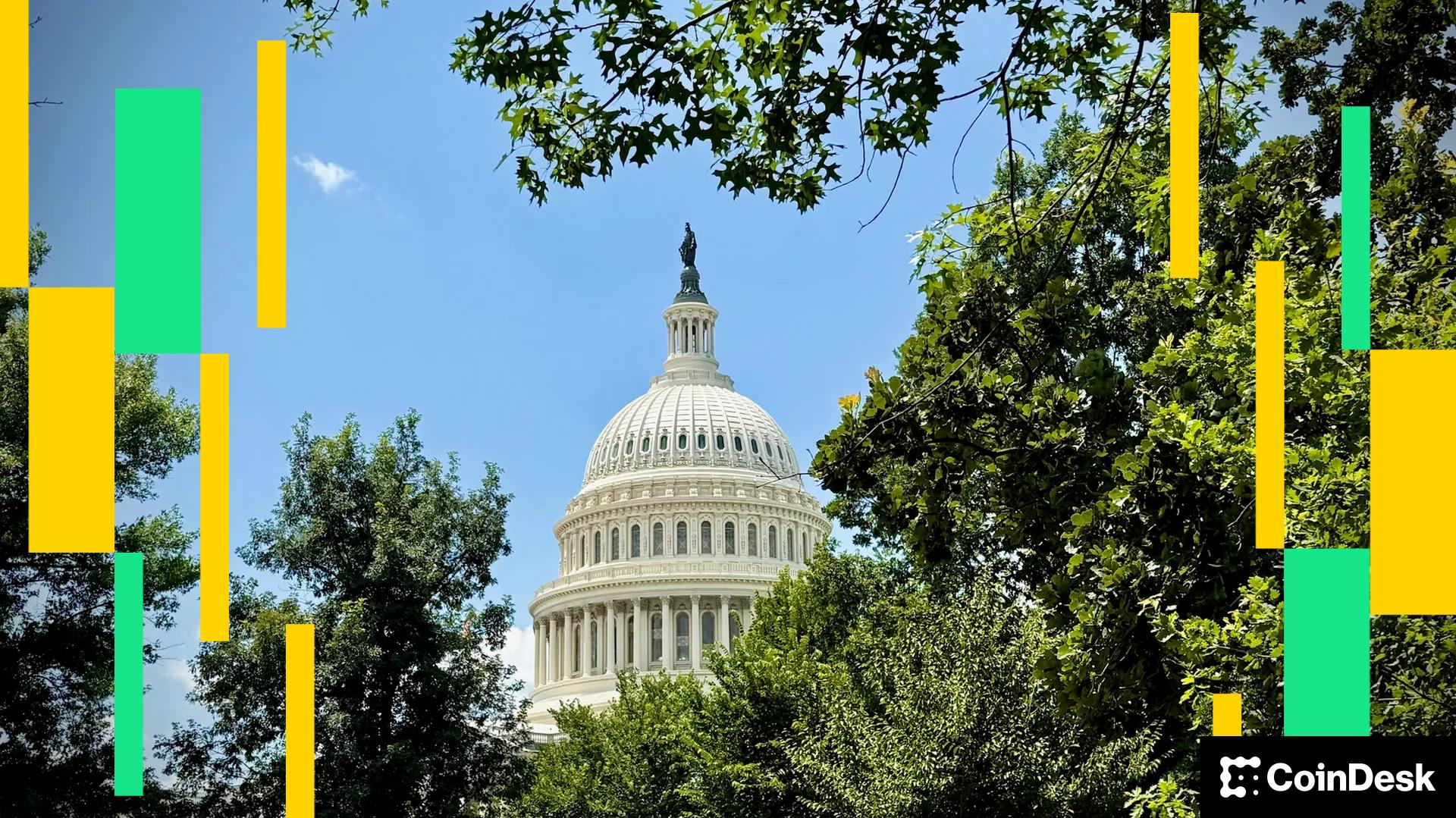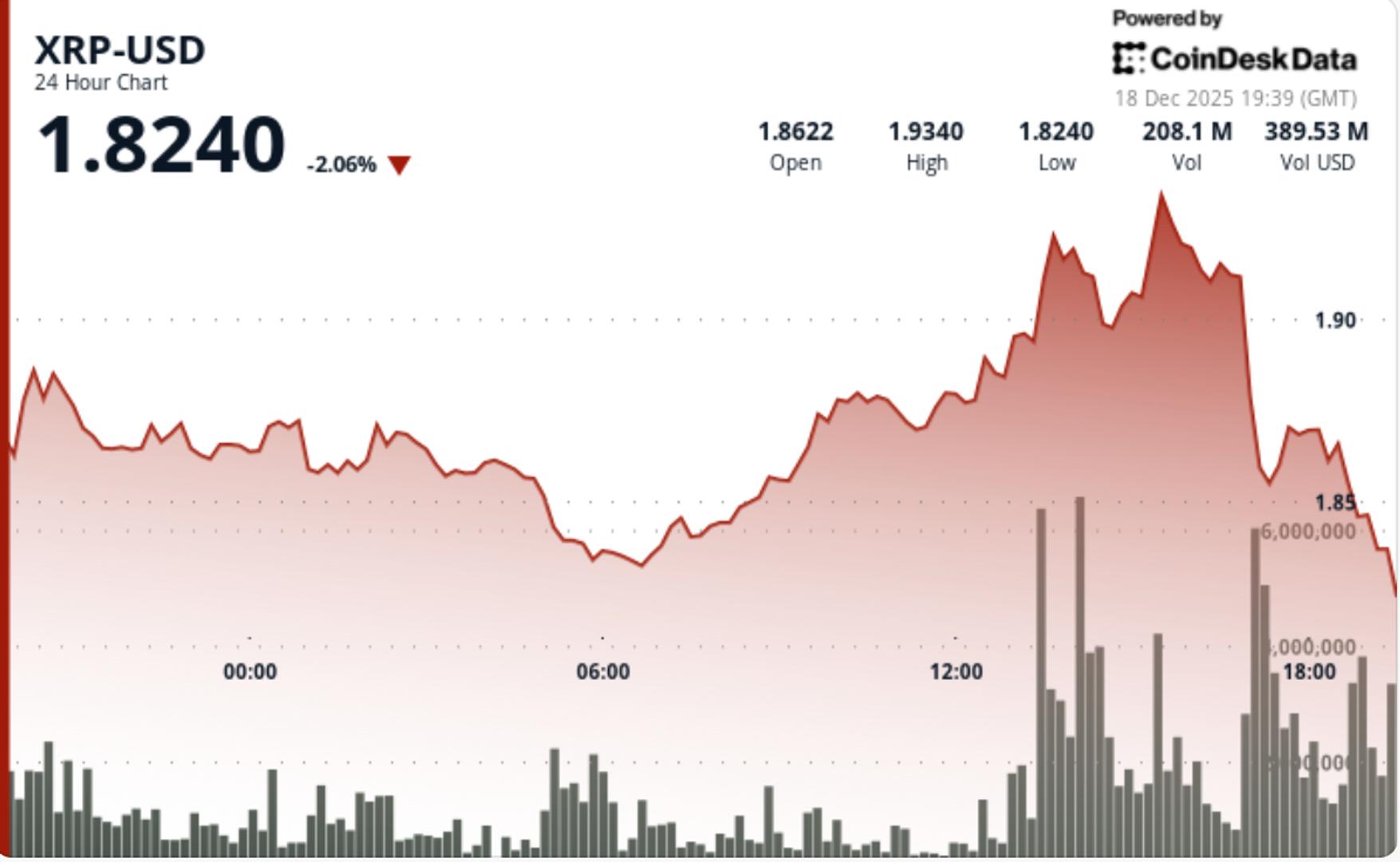Differecnes Between Ripple and Hedera Stablecoin Adoption Paths AllinCrypto October 23, 2025
Hedera Hashgraph and Ripple’s XRP Ledger are both leaders when it comes to powering the next generation of stablecoin infrastructure and adoption.
While both networks offer institutional-grade performance and regulatory compliance, their approaches to scalability and ecosystem design methods change, creating two distinct paths toward mainstream stablecoin adoption.
Let’s take a look at the differences in how Ripple and Hedera can help with stablecoin adoption and how both networks differ in a multi-chain market.
Why Stablecoins Need Enterprise-Grade Infrastructure
Stablecoins are viewed as a bridge between traditional finance and blockchain-based systems, offering price stability while enabling faster, programmable money movement.
However, for stablecoins to achieve institutional adoption at a global scale, they require networks that can deliver security, regulatory compliance with a high throughput, and integrated interoperability between other networks, including those outside of the ecosystem, without compromising decentralization.
Both Hedera and Ripple aim to provide these foundations, but through different technical and governance frameworks.
Hedera Hashgraph’s Path: Stablecoin-as-a-Service for Enterprises
Hedera’s Token Service (HTS) and Smart Contract Service allow issuers to mint, manage, and transact stablecoins with low latency and predictable low fees.
Built on the Hashgraph consensus mechanism, Hedera offers transaction finality in seconds, ensuring stability even at high transaction volumes.

For stablecoin issuers, whether banks, fintechs, or governments, this speed and determinism are crucial for maintaining parity with fiat and enabling cross-border payments.
What sets Hedera apart is its enterprise-backed council, a unique governance model that other networks do not have.
The Hedera Council consists of members such as Google, IBM, Standard Bank, and more. The council provides institutional oversight on the network, ensuring compliance and trust between users and the network. Members are also encouraged to run their own nodes to help boost security on the network.

The Hedera Council structure can appeal to regulators and central banks that may hesitate to build on decentralized blockchains and need an extra level of trust.
Hedera’s ecosystem tools, like the Stablecoin Studio, enable the issuance and management of stablecoins, with built-in features for KYC/AML compliance, token freezing, minting tools, and programmability, all without relying on complex highly complex smart contracts.
For large institutions and even governments, Hedera’s permissioned-public model creates a secure and transparent environment to pilot CBDCs and regulated stablecoins, aligning with ongoing projects around the world.
Ripple and Its Approach to Liquidity and Global Payments
Compared to Hedera, Ripple has built its reputation as a global payments network with long, ongoing connections to banks and payment providers.
Its XRP Ledger supports stablecoins and asset issuance through its native tokenization features, while Ripple’s broader infrastructure, such as Ripple Payments and RLUSD, focuses on cross-border liquidity.
Stablecoins have moved beyond crypto speculation and are now solving tangible problems in areas like Business-to-Business (B2B) cross-border payments, payroll for digital businesses, and settlement in tokenized markets, proving their utility in the traditional economy.

The XRP token serves as a bridge asset, allowing currency conversion between global financial systems and users.
Ripple’s technology is designed to complement rather than replace traditional banking rails such as those that Swift deals with, aiming to make the ledger highly suitable for stablecoin-backed remittances and settlements and other payment methods.
With Ripple’s acquisition of GTreasury, a digital asset custody firm, and Hidden Road, a prime brokerage, the firm is positioning itself to dominate institutional stablecoin flows and treasury cases.
The Road Ahead for Stablecoin Adoption
While both Hedera and Ripple share the goal of bringing stablecoins into mainstream finance, they do cater to slightly different market audiences.
Ripple is deeply embedded in banking and liquidity infrastructure, focusing on real-time settlement and cross-border value movement.
Hedera, meanwhile, is emerging as the infrastructure layer for digital asset use cases, providing the governance, scalability, and compliance that large enterprises and governments demand as a service.
As the stablecoin market matures heading into 2026, it’s likely that both ecosystems will play complementary roles: Ripple powering the liquidity layer of the digital economy, and Hedera underpinning the tokenization and compliance infrastructure that makes stablecoin adoption truly scalable, transparent, and trusted worldwide.
The post Differecnes Between Ripple and Hedera Stablecoin Adoption Paths first appeared on AllinCrypto.






